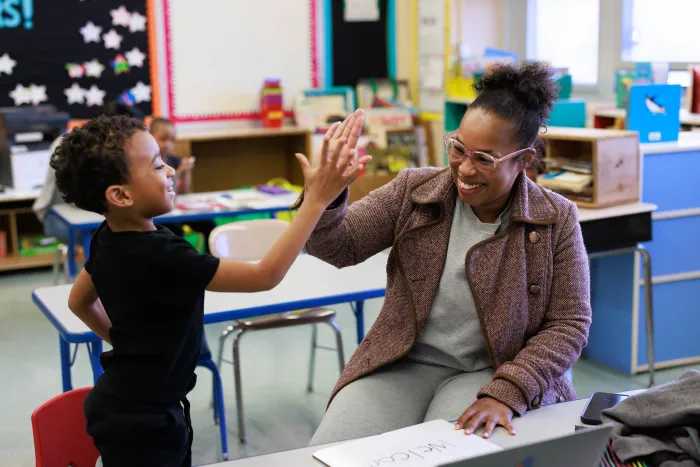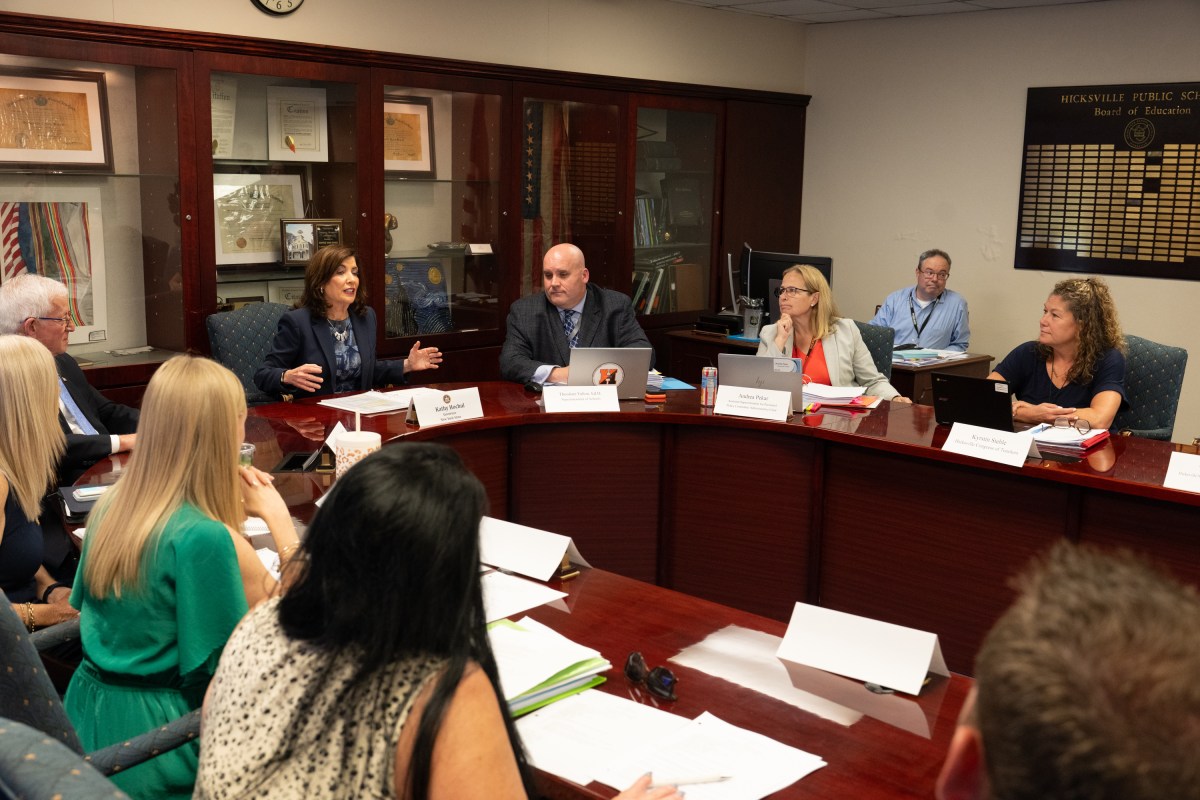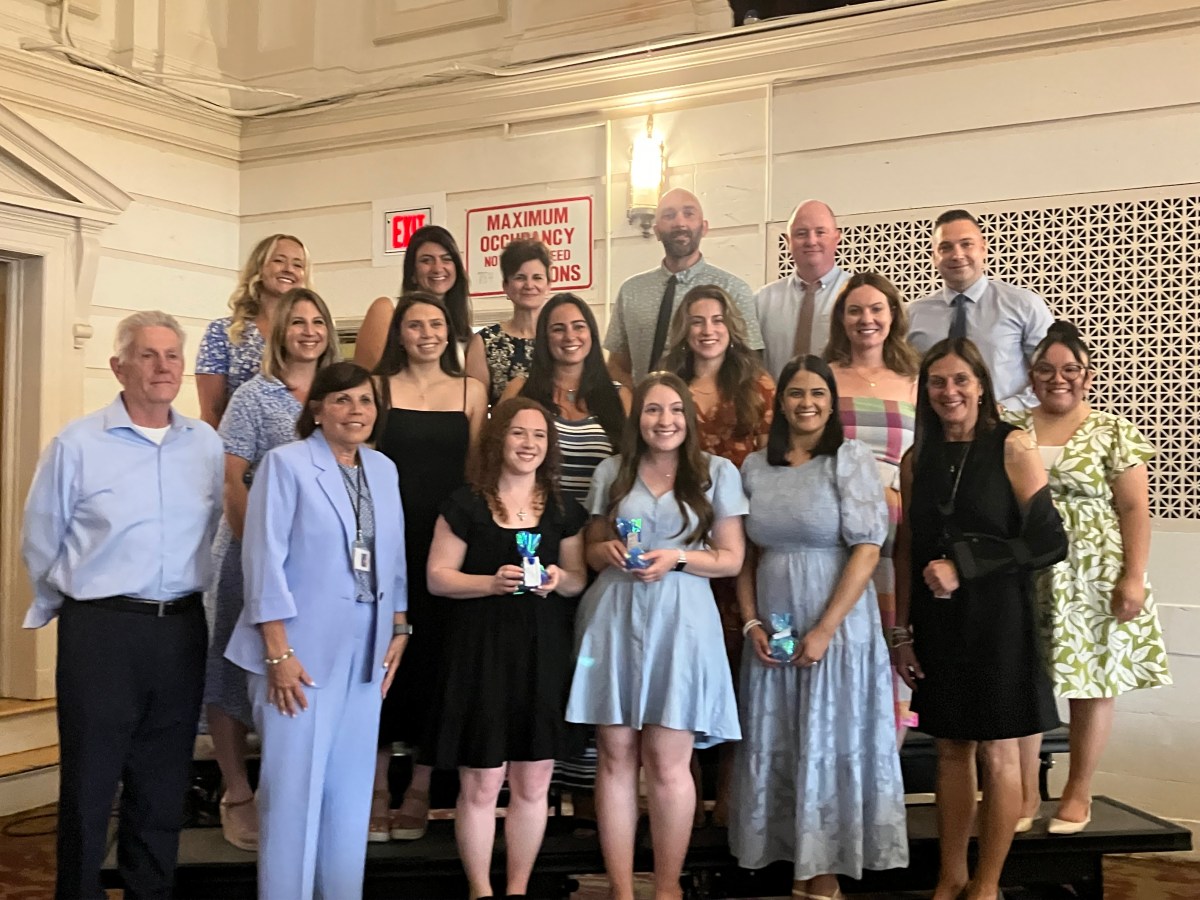Mayor Bill de Blasio and Department of Education (DOE) Chancellor Richard Carranza today announced a preliminary staggered plan for the 1.1 million city public school students to return to school on some days during the week depending on the size of the schools and social distancing allowances.
“Everything we do will be with a very high bar related to health and safety,” says de Blasio. “We’re going to move forward, according to the data, according to the science.”
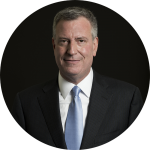
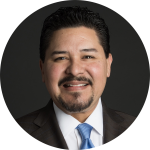
Schools will utilize a blended learning approach. Under this model, a group of students will learn in physical classrooms anywhere from one to three days of the week, while others learn in virtual classrooms for those days. The group of students that receives an education in physical classrooms will rotate throughout the week.
Students with special education needs will receive as much in-person instruction as possible. Multilingual students will also receive specialized instruction to accommodate their language needs.
The proportion of students that are will receive education on-site, and the number of days that they receive such education will vary by school depending on the school’s capacity. Specific schedules will be provided for each student in August.
Parents who prefer to have their children receive fully remote education will be accommodated accordingly, and may notify the school of their decision between July 15 and August 7. This decision can be changed at specified intervals during the school year.
Students and staff will be required to wear face masks and maintain physical distancing. Lunch will be held in classrooms or require assigned seating in order to maintain social distancing measures.
Access to hand washing and hand sanitizers will be increased, and the DOE will provide schools with additional cleaning supplies, including hand sanitizers, disinfectant wipes, and PPE. These supplies will be paid for by the DOE’s budget instead of individual school budgets.
In the event that a student falls ill, each school will have a designated isolation room set aside.
In an effort to strive for educational equity, schools will provide mental health support and trauma-informed care for students, and integrate social and emotional learning.
The city will continue to work closely with the state to develop these plans, which are subject to change. “We have to be ready for anything, and that means the guidance could change from the State, from health experts,” says Carranza. “We will need to adapt. And our commitment to you is that we will keep you informed every step of the way.”
The city and individual school communities will hold virtual information sessions to answer any questions and concerns that families may have about the coming school year. The first such session will be held on July 16. Principals will hold meetings with parents in July to discuss school schedules and individual needs.
United Federation of Teachers (UFT) President Michael Mulgrew said in an emailed note to all DOE UFT union employed members that de Blasio and Carranza plan today builds on the discussions that the UFT has been having with the DOE since May.
“We believe a blended learning model, with students in class on some days and remote on others, balances our safety concerns with the need to bring students back. The de Blasio administration, however, must offer a concrete plan for childcare for our members and for working parents for days when their children cannot be physically present at school,” wrote Mulgrew.
“Under U.S. Centers for Disease Control guidelines for social distancing, no more than nine to 12 people — children and adults — can safely fit into the average New York City classroom at one time. To meet those guidelines, the DOE released three scheduling models for schools in which the majority of students are in school buildings two or three times a week.
“All the scheduling models include a cohort of fully remote students. Families will be able to opt for a fully remote schedule for their children if they have safety concerns,” he added.

City Council Speaker Corey Johnson (D-Manhattan) was critical of the plan released today, saying it does little to alleviate parents’ concerns about child care for students when they are not physically in school.
“Abbreviated schedules and no afterschool means many parents can’t work. Sadly, we know that this will disproportionately hurt women who are too often pushed out of the workforce because they must choose between watching children or working. Not everyone has an understanding, flexible employer and the ad hoc plans released by the Department of Education (DOE) will fuel inequity if child care concerns are not addressed in a meaningful way,” said Johnson.
“I was pleased to hear that daycare centers are allowed to open next week for our very young children, but we need a coordinated plan to keep all our children safe and healthy this fall. That is what working families need. The Council will continue to have conversations with the Administration, and I urge the Mayor and Chancellor to come up with innovative solutions to address child care options while prioritizing public health and safety.”
Additional information will be released in the coming weeks.
-Stephen Witt contributed to this story



